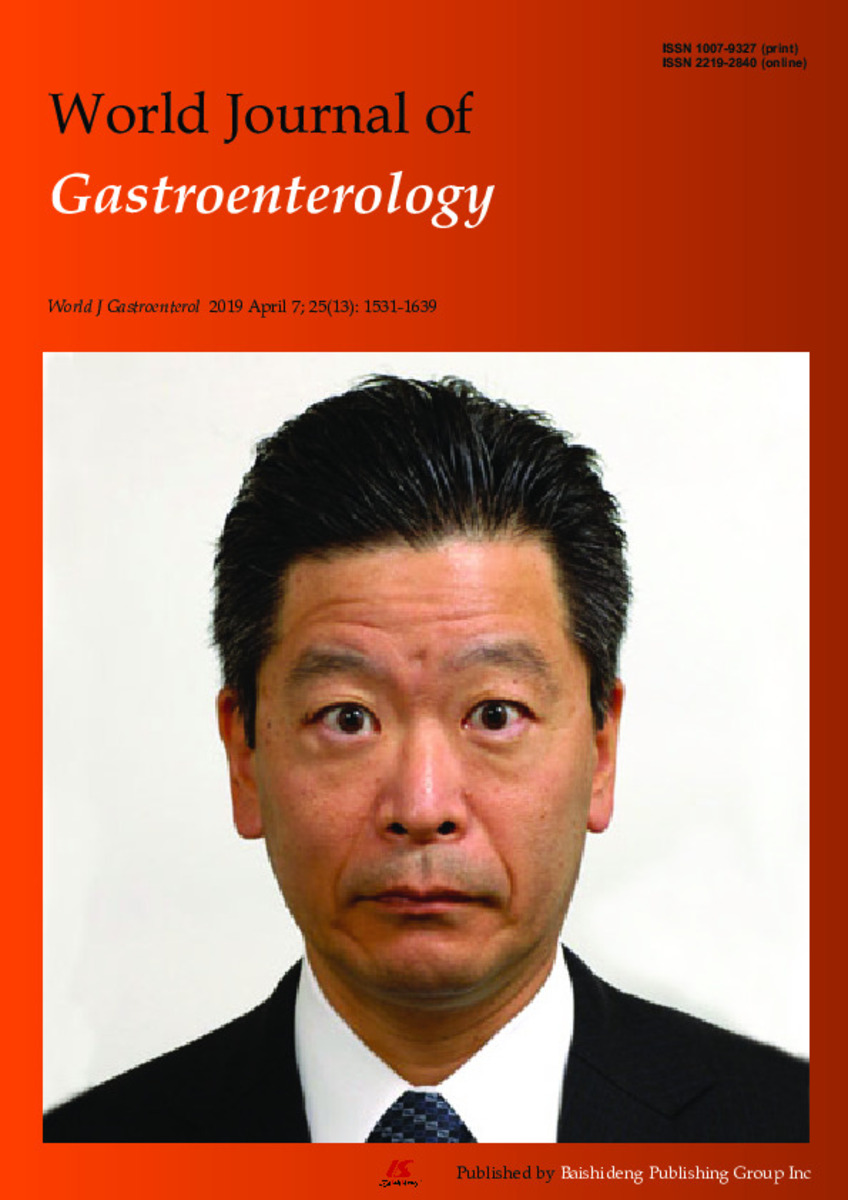Full metadata record
| DC Field | Value | Language |
|---|---|---|
| dc.creator | Godoy, C. (Cristina) | - |
| dc.creator | Tabernero, D. (David) | - |
| dc.creator | Sopena, S. (Sara) | - |
| dc.creator | Gregori, J. (Josep) | - |
| dc.creator | Cortese, M.F. (Maria Francesca) | - |
| dc.creator | González, C. (Carolina) | - |
| dc.creator | Casillas, R. (Rosario) | - |
| dc.creator | Yll, M. (Marçal) | - |
| dc.creator | Rando, A. (Ariadna) | - |
| dc.creator | López-Martínez, R. (Rosa) | - |
| dc.creator | Quer, J. (Josep) | - |
| dc.creator | González-Aseguinolaza, G. (Gloria) | - |
| dc.creator | Esteban, R. (Rafael) | - |
| dc.creator | Riveiro-Barciela, M. (Mar) | - |
| dc.creator | Buti, M. (Maria) | - |
| dc.creator | Rodríguez-Frías, F. (Francisco) | - |
| dc.date.accessioned | 2022-05-24T06:53:42Z | - |
| dc.date.available | 2022-05-24T06:53:42Z | - |
| dc.date.issued | 2019 | - |
| dc.identifier.citation | Godoy, C. (Cristina); Tabernero, D. (David); Sopena, S. (Sara); et al. "Characterization of hepatitis B virus X gene quasispecies complexity in mono-infection and hepatitis delta virus superinfection". World Journal of Gastroenterology. 25 (13), 2019, 1566 - 1579 | es |
| dc.identifier.issn | 1007-9327 | - |
| dc.identifier.uri | https://hdl.handle.net/10171/63511 | - |
| dc.description.abstract | BACKGROUND Hepatitis delta virus (HDV) seems to strongly suppress hepatitis B virus (HBV) replication, although little is known about the mechanism of this interaction. Both these viruses show a dynamic distribution of mutants, resulting in viral quasispecies. Next-generation sequencing is a viable approach for analyzing the composition of these mutant spectra. As the regulatory hepatitis B X protein (HBx) is essential for HBV replication, determination of HBV X gene (HBX) quasispecies complexity in HBV/HDV infection compared to HBV monoinfection may provide information on the interactions between these two viruses.AIM To compare HBV quasispecies complexity in the HBX 5’ region between chronic hepatitis delta (CHD) and chronic HBV mono-infected patients. METHODS Twenty-four untreated patients were included: 7/24 (29.2%) with HBeAgnegative chronic HBV infection (CI, previously termed inactive carriers), 8/24 (33.3%) with HBeAg-negative chronic hepatitis B (CHB) and 9/24 (37.5%) with CHD. A serum sample from each patient was first tested for HBV DNA levels. The HBX 5’ region [nucleotides (nt) 1255-1611] was then PCR-amplified for subsequent next-generation sequencing (MiSeq, Illumina, United States). HBV quasispecies complexity in the region analyzed was evaluated using incidencebased indices (number of haplotypes and number of mutations), abundancebased indices (Hill numbers of order 1 and 2), and functional indices (mutation frequency and nucleotide diversity). We also evaluated the pattern of nucleotide changes to investigate which of them could be the cause of the quasispecies complexity. RESULTS CHB patients showed higher median HBV-DNA levels [5.4 logIU/mL, interquartile range (IQR) 3.5-7.9] than CHD (3.4 logIU/mL, IQR 3-7.6) (P = n.s.) or CI (3.2 logIU/mL, IQR 2.3-3.5) (P < 0.01) patients. The incidence and abundance indices indicated that HBV quasispecies complexity was significantly greater in CI than CHB. A similar trend was observed in CHD patients, although only Hill numbers of order 2 showed statistically significant differences (CHB 2.81, IQR 1.11-4.57 vs CHD 8.87, 6.56-11.18, P = 0.038). There were no significant differences in the functional indices, but CI and CHD patients also showed a trend towards greater complexity than CHB. No differences were found for any HBV quasispecies complexity indices between CHD and CI patients. G-to-A and C-to-T nucleotide changes, characteristic of APOBEC3G, were higher in CHD and CI than in CHB in genotype A haplotypes, but not in genotype D. The proportion of nt G-to-A vs A-to-G changes and C-to-T vs T-to-C changes in genotype A and D haplotypes in CHD patients showed no significant differences. In CHB and CI the results of these comparisons were dependent on HBV genotype. CONCLUSION The lower-replication CHD and CI groups show a trend to higher quasispecies complexity than the higher-replication CHB group. The mechanisms associated with this greater complexity require elucidation. | es_ES |
| dc.language.iso | eng | es_ES |
| dc.publisher | Baishideng Publishing Group Inc. | es_ES |
| dc.rights | info:eu-repo/semantics/openAccess | es_ES |
| dc.subject | Hepatitis B virus | es_ES |
| dc.subject | Hepatitis delta virus | es_ES |
| dc.subject | Hepatitis B X gene | es_ES |
| dc.subject | Next-generation sequencing | es_ES |
| dc.subject | Viral quasispecies | es_ES |
| dc.subject | Hepatitis B virus-hepatitis delta virus interaction | es_ES |
| dc.title | Characterization of hepatitis B virus X gene quasispecies complexity in mono-infection and hepatitis delta virus superinfection | es_ES |
| dc.type | info:eu-repo/semantics/article | es_ES |
| dc.description.note | This article is an open-access article which was selected by an in-house editor and fully peer-reviewed by external reviewers. It is distributed in accordance with the Creative Commons Attribution Non Commercial (CC BY-NC 4.0) license, which permits others to distribute, remix, adapt, build upon this work non-commercially, and license their derivative works on different terms, provided the original work is properly cited and the use is non-commercial | es_ES |
| dadun.citation.endingPage | 1579 | es_ES |
| dadun.citation.number | 13 | es_ES |
| dadun.citation.publicationName | World Journal of Gastroenterology | es_ES |
| dadun.citation.startingPage | 1566 | es_ES |
| dadun.citation.volume | 25 | es_ES |
Files in This Item:
Statistics and impact
Items in Dadun are protected by copyright, with all rights reserved, unless otherwise indicated.






